
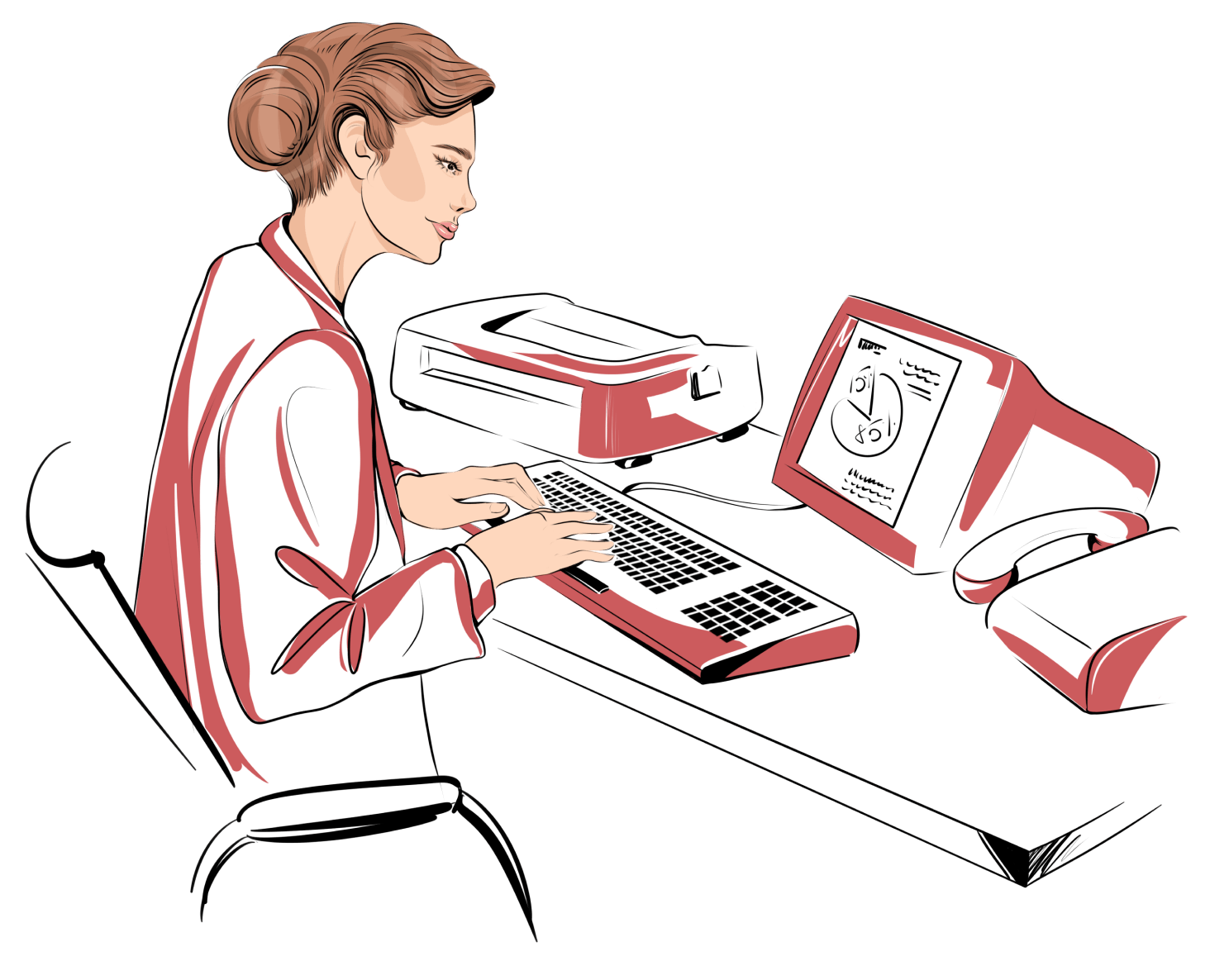

The story of women in technology is one of remarkable achievements and overcoming tremendous obstacles. Despite societal and institutional barriers, women have consistently emerged as pioneers, shaping the field in extraordinary ways. From Ada Lovelace to today’s innovators, their contributions have left an indelible mark on the industry.
Now, in partnership with our dedicated partners, we not only look back to honor the milestones of the past, but also commemorate women who are driving transformative change at this specific moment. Together, we envision a future where opportunities for women in tech are limitless, and their talent serves as the catalyst for progress.
Our shared commitment is to empower women to dream bigger, lead with confidence, and continue breaking down the walls that have held them back. This is a collective vision of progress, equality, and innovation, where women lead fearlessly and reshape the world of tech.
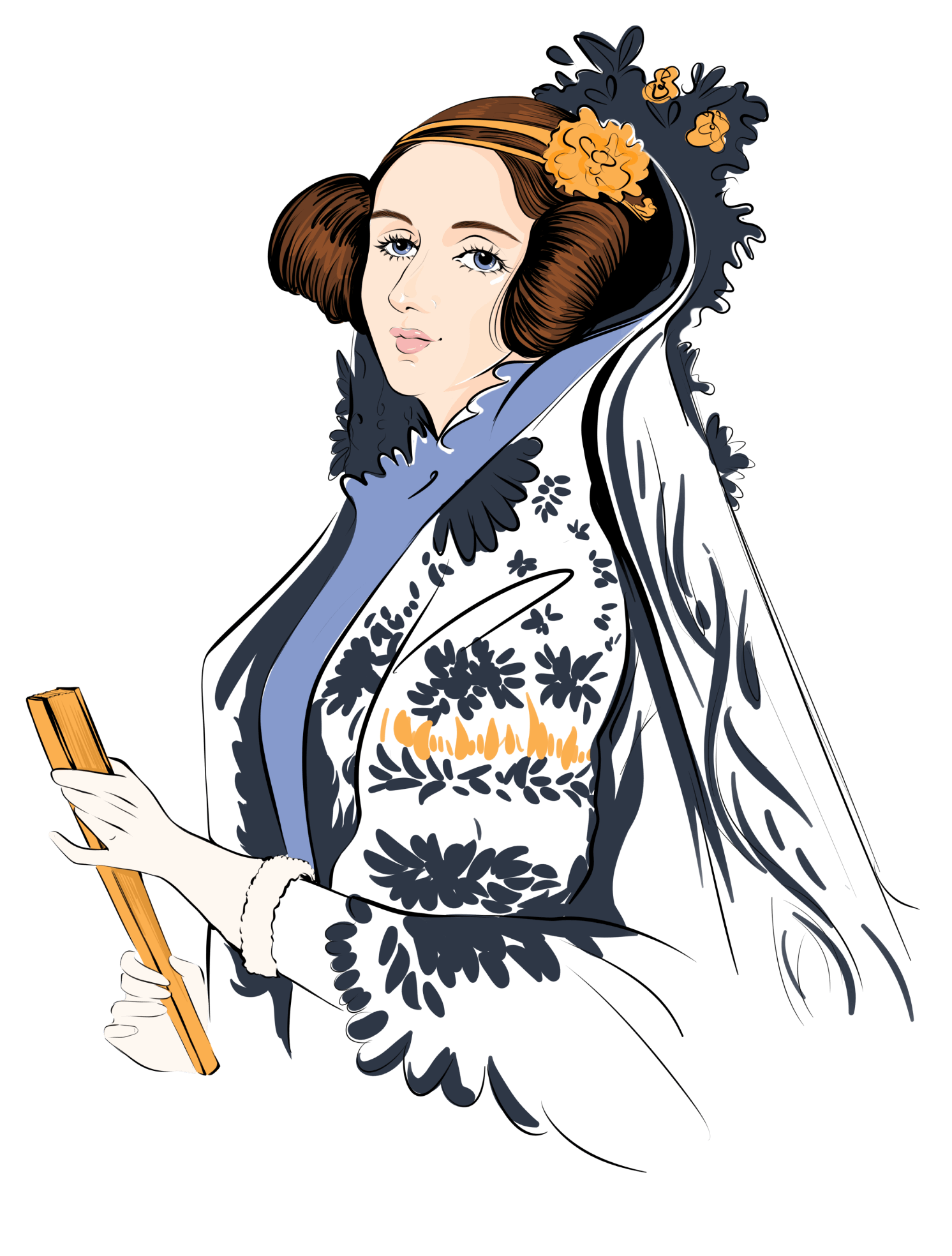
The first and foremost woman pioneering in the tech industry was British Lady Ada Lovelace, often regarded as the first computer programmer in the whole world.
She was born in 1815 and had always been fascinated by a remarkably intricate machine invented by Charles Babbage, often recognized as the creator of the first computer. While writing an article explaining the workings of this machine, she developed algorithms and operations, thought by many to be the first computer program.
In addition to the first computer program, she was among the early visionaries to imagine applications of computing beyond pure mathematics: she described how other natural phenomena, such as music, could be matched to mathematical terms and thus processed by a computational machine. She envisioned these operations as adaptable to various symbolic systems, capable of expressing ideas in diverse forms — expanding the horizons of what her contemporaries believed mechanical computing devices could achieve.

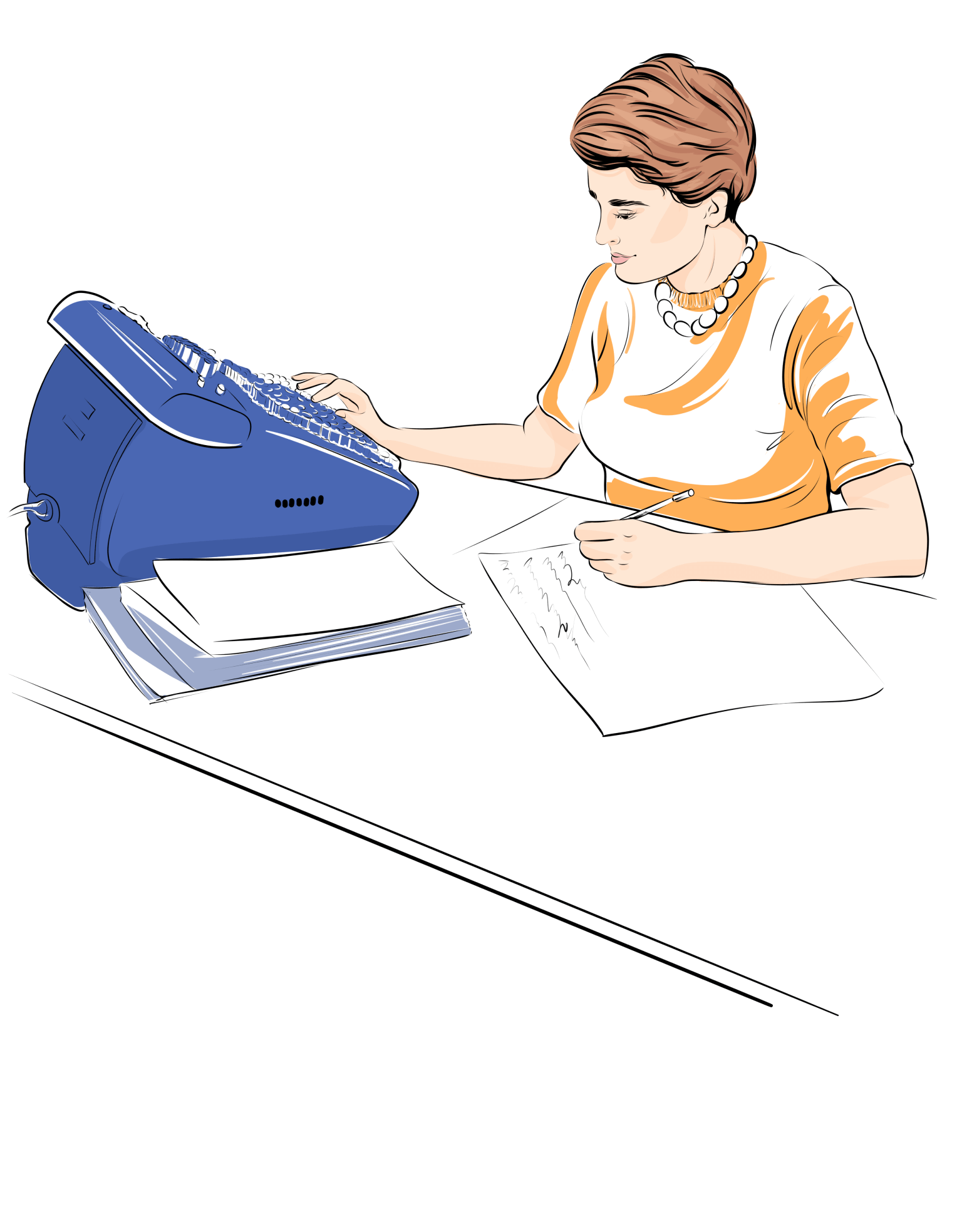
Women like Ada may have been unusual, but with the impact of the industrial revolution and WWI, many women had a lot of interaction with technology. By the time WWII rolled around women were encouraged on mass to take up numerous jobs such as working as “human computers” for wartime needs.
Women, known as «human computers,» performed complex calculations for various scientific and military applications. These roles were critical to the success of projects like ballistics calculations and the development of early computers.

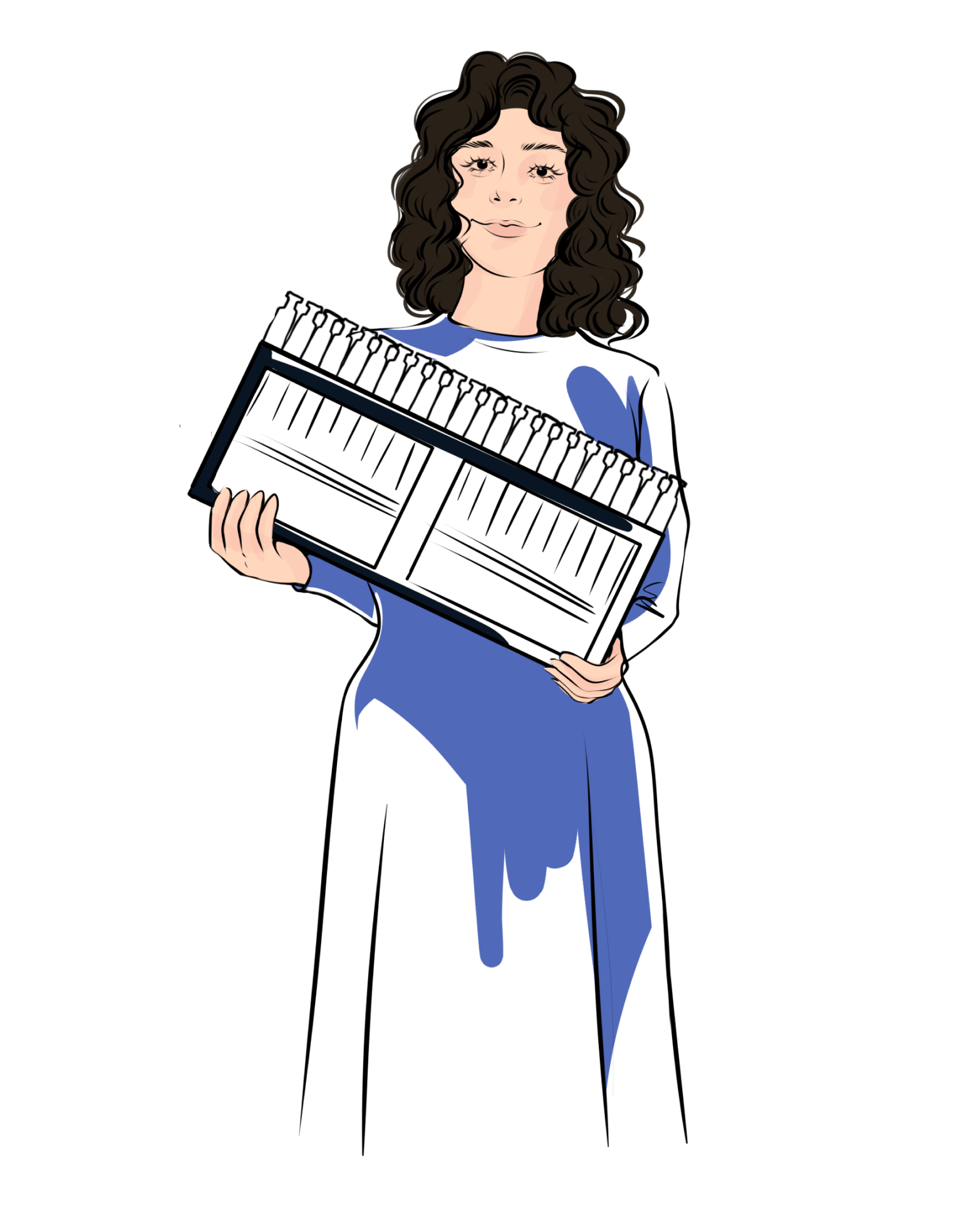
The year of 1943 was a milestone year because it was when the first computer programmers emerged – and they were all female. The most skilled “human computers” were employed by the leaders of the US Army’s ENIAC project to set up a machine to produce ballistics tables. The women that were hired were: Kathleen McNulty, Betty Jean Jennings, Frances Bilas, Elizabeth Snyder Holberton, Marlyn Wescoff and Ruth Lichterman. They were referred to as “the ENIAC girls” and their work revolutionised computer programming.
The ENIAC project was secret, and the women studied the machine on their own, developing programs. Despite the difficulties, they managed to develop subroutines and other programming techniques. They supervised the calculation of ballistic trajectories and created a program for drawing missile trajectories. However, despite their crucial role, their contributions were largely unrecognized for many years.

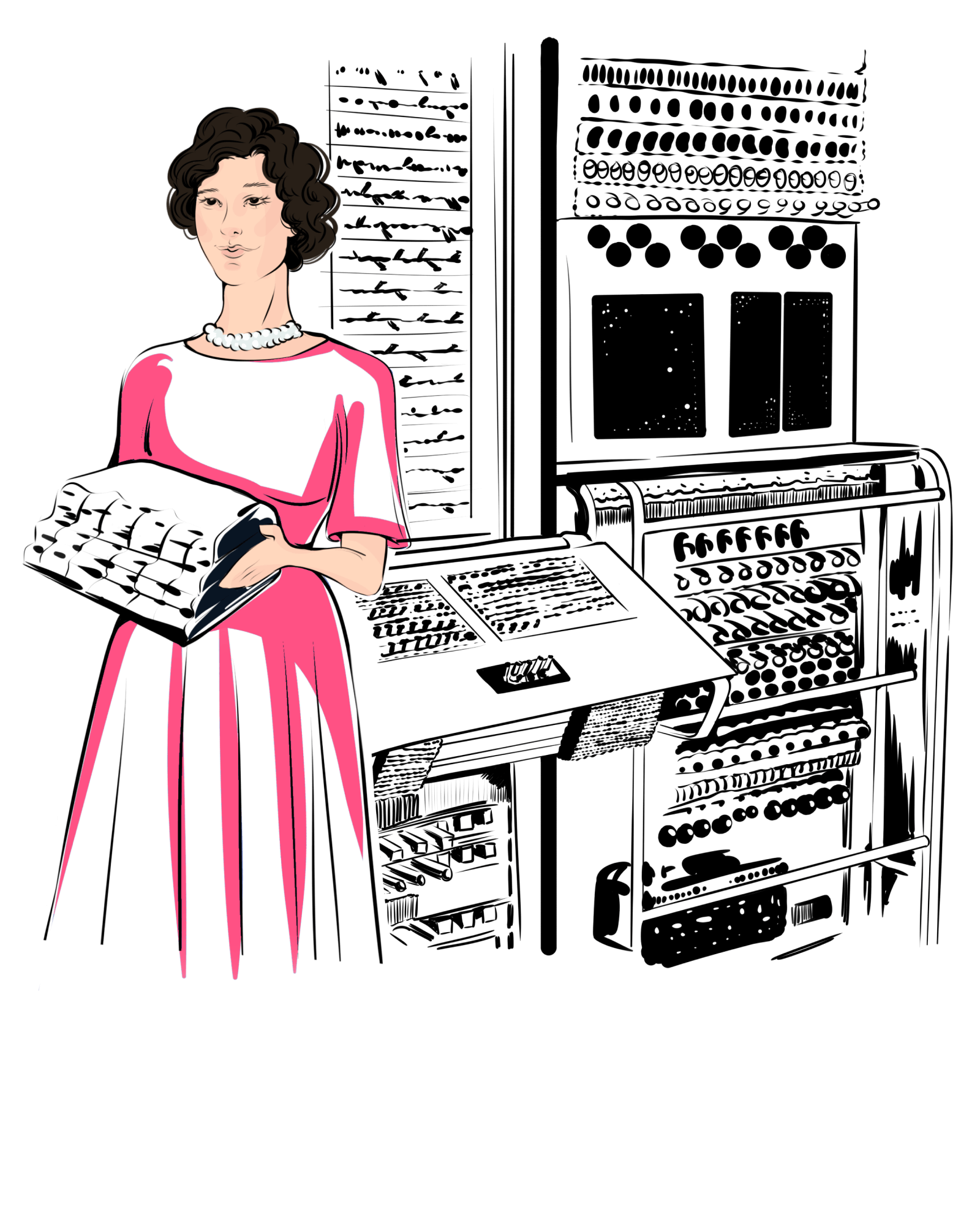
On the other side of the pond, the Bletchley Park operation that famously broke the enigma code could not have been a success if it wasn’t for the team of nearly 10,000 people, 75% of which were women, working tirelessly to crack it. Unfortunately, any of these women were never recognized as analysts and were forced to describe their jobs as “secretarial”.

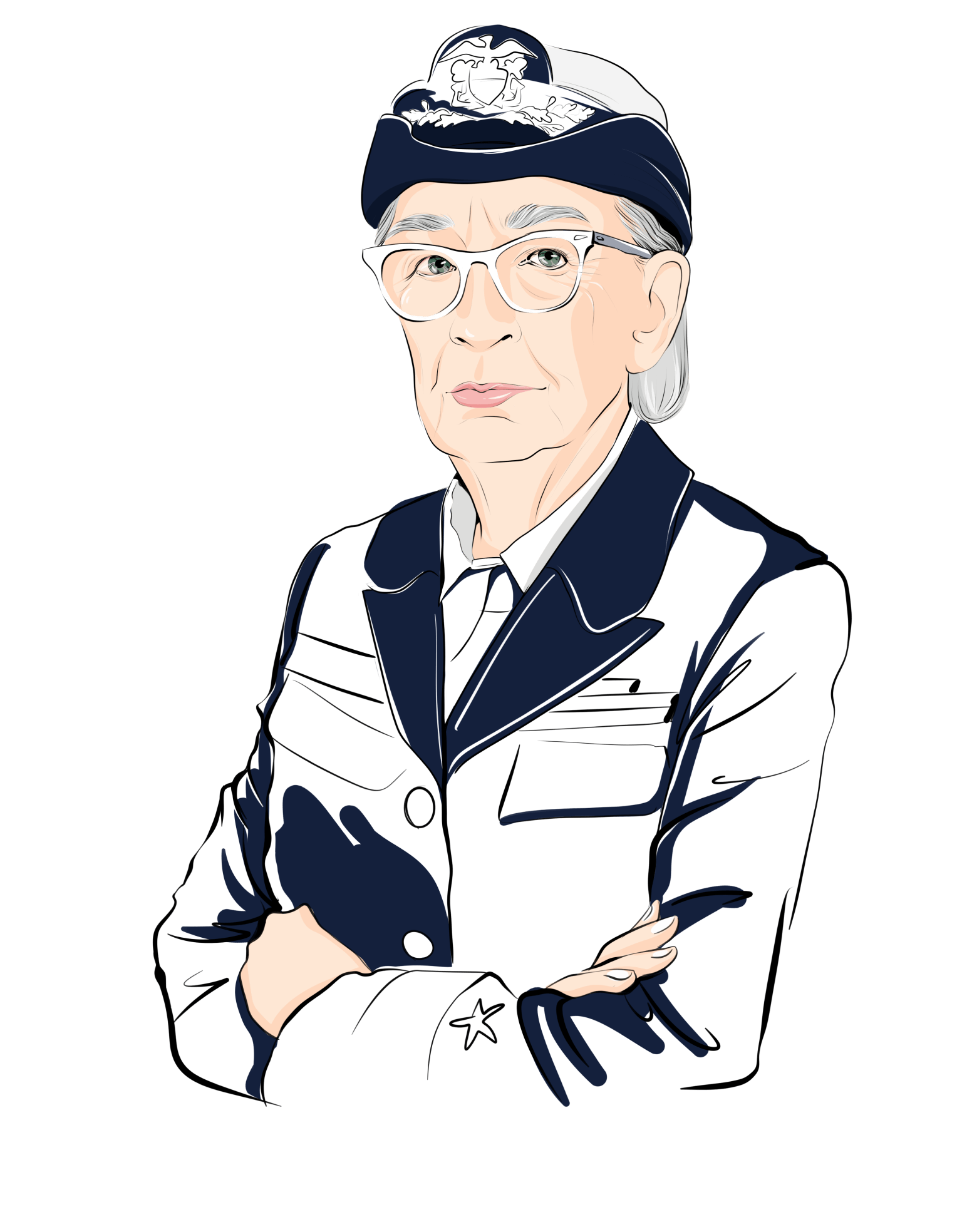
One of the key women playing a crucial role in technology advancement was Grace Hopper. After the attack on Pearl Harbor in 1941, Grace decided she wanted to join the U.S. Navy Reserve. Through the WAVES (Women Accepted for Volunteer Emergency Service) program, Hopper joined the Navy, where she eventually worked at Harvard University.
As soon as she arrived at Harvard, Hopper was put in charge of the Mark I, the first operating machine that could perform long calculations automatically. She learnt how to operate Mark I and wrote the manual herself.
Further Hoper’s contribution gave the world new terms in the field of technology:

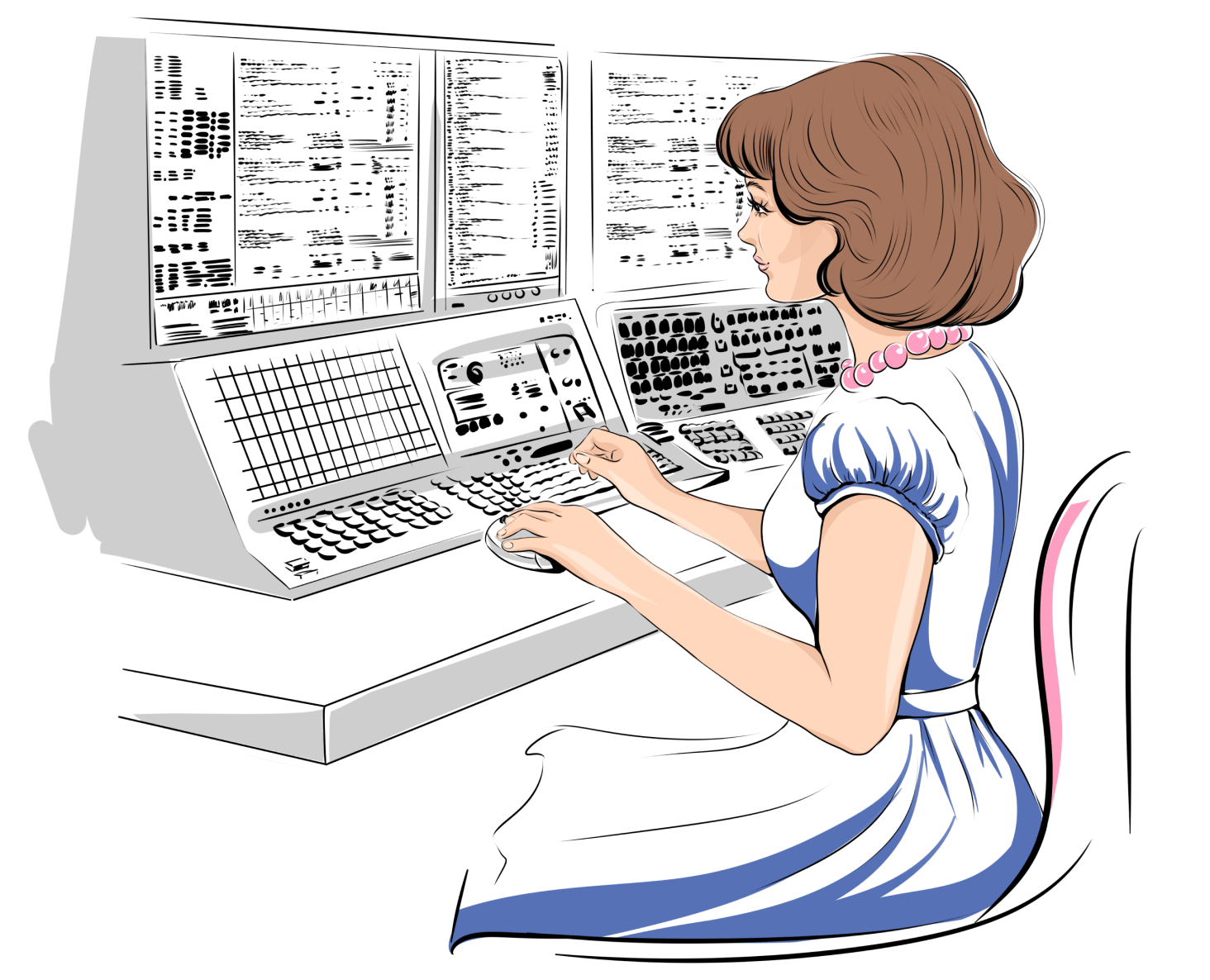

At the start of the 20th century, women in tech had more opportunities than later on. World War II led to a demand for women in jobs typically held by men, which pushed society to see women as capable equals. However, despite these changes and the suffragette movement’s impact, women still faced inequalities at work. There was a strong belief that women who focused on their careers were going against social norms by not prioritizing marriage and family life.
The 1970s were a bad time for women in tech because there is growing evidence that it was during this decade when government and industry realized the sheer power of computers in top-level jobs, that women were phased out of jobs in tech and replaced by men with updated and more advanced job titles despite being the same as the jobs women previously held.
During this period, women faced significant barriers in accessing STEM education. Universities were predominantly male-dominated, and there were often quotas limiting the number of women admitted to STEM programs. Social attitudes also discouraged women from pursuing technical and scientific careers. Despite these barriers, some women made significant strides.

Karen Sparck Jones was a pioneering computer scientist, working in the Language Research Unit at Cambridge University from the late 1950s. Her work laid the foundation for many of the technologies and algorithms used today in search engines, and machine learning applications involving human language.
One of her seminal contributions was the development of the concept of the inverted index, which revolutionized how search engines organize and retrieve documents. The inverted index allows rapid full-text searches by storing a list of words, along with the documents containing each word, enabling efficient retrieval of relevant documents based on user queries.
In addition to her work in information retrieval, Sparck Jones made significant contributions to natural language processing, the branch of artificial intelligence concerned with enabling computers to understand and generate human language. Certain words with their synonyms were translated onto punched cards and then more sophisticated ways of distinguishing between polysemous terms were developed. One example «farmer cultivates a field» showed that the word «field» can have many meanings. But she added common underlying concepts as a target meaning that applies to all words, (e.g. «agriculture» includes both «farmer» and «cultivate» and «field») so the program will select the word «land».

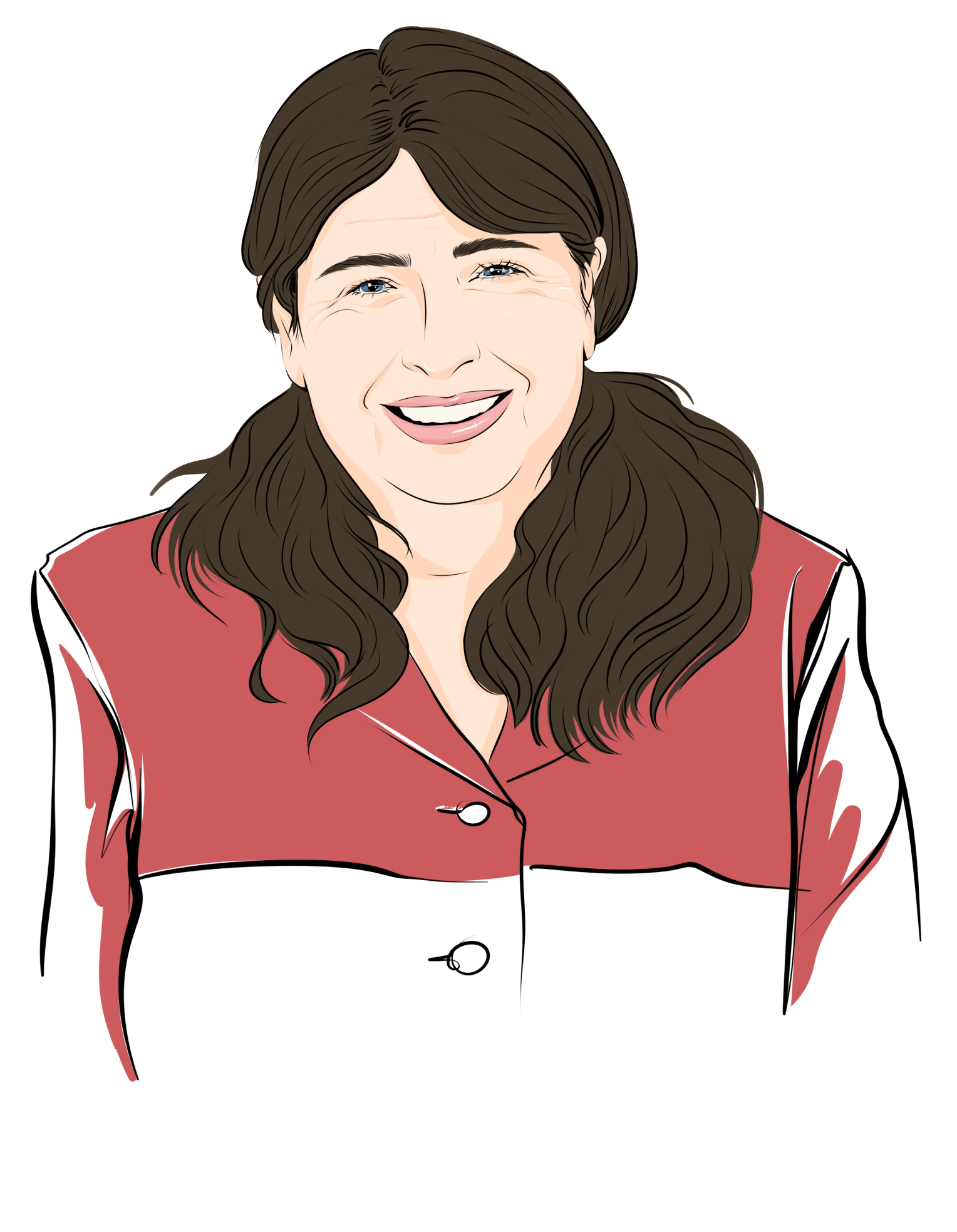
Born in 1951, Radia Perlman is a pioneering computer scientist and network engineer whose work has had a profound impact on the development and functioning of modern networks. She is even known as the “Mother of the Internet”, for her invention of the Spanning Tree Protocol (STP), which is still used in computer networks today.
STP is a network protocol that keeps Ethernet networks running smoothly by preventing loops, which can cause network issues. Perlman’s protocol dynamically finds the shortest path within a network and disables redundant paths, effectively preventing network loops and ensuring efficient data transmission.
Beyond her technical contributions, Perlman has been a strong advocate for women in technology. She has often spoken about the challenges women face in the tech industry. Her visibility and success have made her a role model for many aspiring female engineers and computer scientists.


Jamie serves as the Deputy President for Public Engagements at Advisory Singapore, where she oversees the strategic planning and development of the organization’s brand management and public programming efforts. She is passionate about youth development and cultivating a culture of humility and continuous learning. With a background in sales and marketing within the tech industry, Jamie is excited about the future of the tech space and looks forward to how it will evolve over the coming decade.


Julia Doronina is a professional with over 8 years of experience managing marketing for tech companies (B2B/B2C SaaS) and in advertising agencies (Ogilvy & Grey). She is the Co-founder and CMO of an international cybersecurity startup, with more than 6 years of experience in startups. Julia is also an active mentor, supporting aspiring entrepreneurs and tech professionals. In addition to her role as Fractional CMO for several startups, she is the Director of Partnerships and Community Management at Women in Tech Russia, where she drives initiatives to empower women in STEM fields. As the Founder of Women’s Startup Hub, a community of over 600 female startup founders, Julia is dedicated to fostering innovation, collaboration, and growth within the entrepreneurial ecosystem. Her work is rooted in empowering others, leveraging technology for impact, and advancing diversity in the tech landscape.


Aïda Kandil is the CEO of MyTindy, a digital marketplace that empowers Moroccan artisans, especially women from rural and marginalized communities, by connecting them with global customers. With a focus on reducing economic inequality, Aïda has helped over 2,000 artisans digitize their businesses and access international markets. Recently appointed as the Head of Empowerment for Women in Tech Morocco, she develops programs that provide mentorship, training, and leadership opportunities for women in the tech sector. Recognized for her impactful work, Aïda has received the Women in Tech award and EY Winning Women Entrepreneur recognition. She is committed to fostering inclusive economic growth and building strong communities.

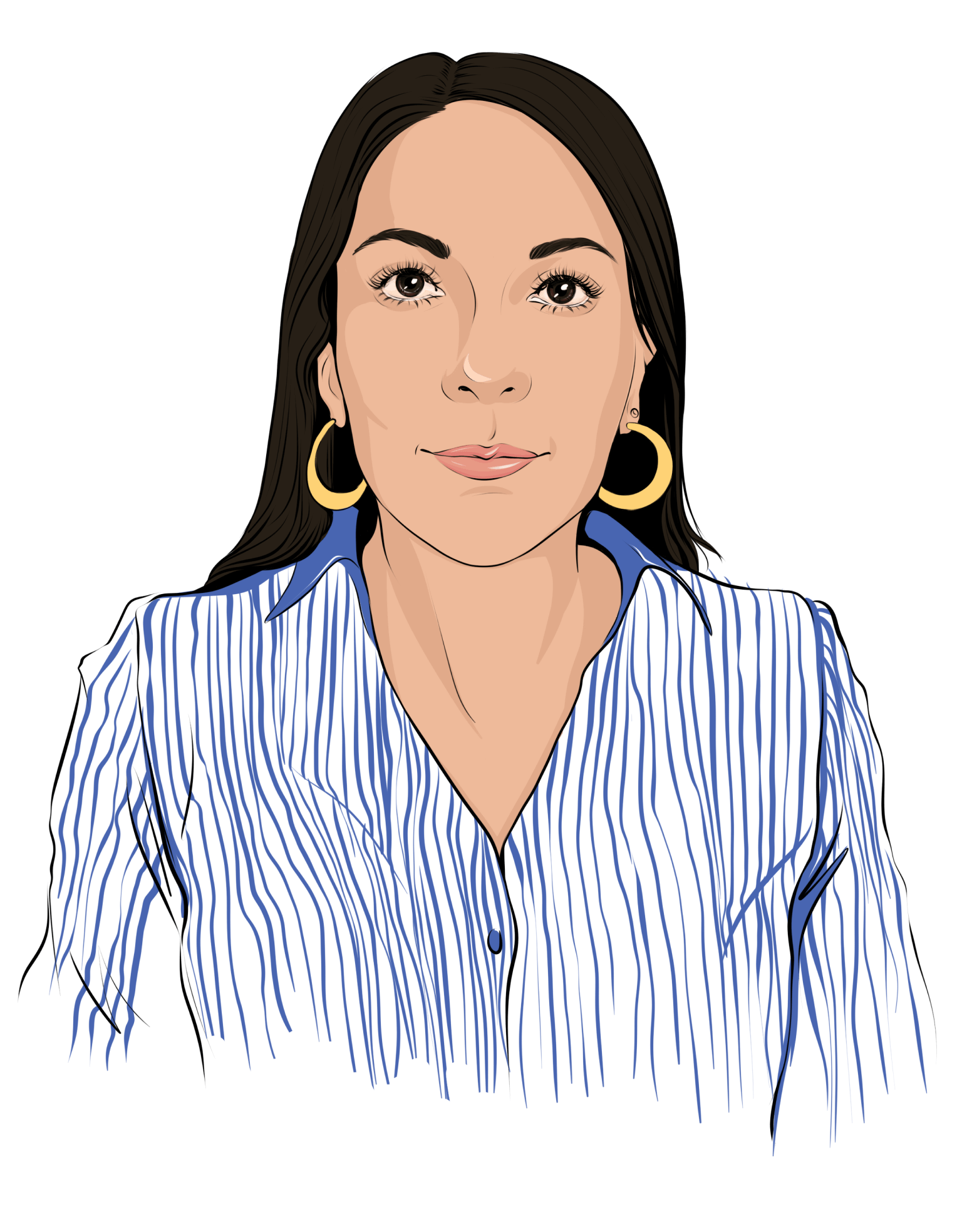
Ileana has more than 14 years of experience in the sector, which she has developed in the former Federal Telecommunications Commission and the Federal Telecommunications Institute. Since its creation in 2014, she has been part of the team that makes up the General Coordination of User Policy, currently serving as Director of Information and Accessibility, where she participates in the development of legal provisions aimed at protecting the rights of users of telecommunications services, as well as in the implementation of digital literacy, information and training mechanisms. Ileana is also Vice-Rapporteur for Question 7/1, responsible for studying accessibility issues within the Telecommunications Development Sector of the International Telecommunications Union (ITU).


Milena is a member of the public security forces for over 15 years, currently works as a Police Delegate within the scope of the Ministry of Justice and Public Security (Brasília — DF) and a permanent member of the Civil Police of the State of Tocantins. Her professional experience spans legislative advisory work, human rights and personal data protection, digital law, technological and virtual investigations, financial and banking fraud, tax order, violence against women, homicides, and intelligence activities. She is pursuing a Master’s in Jurisdictional Provision and Human Rights at the Federal University of Tocantins and the Tocantins School of Magistrates.


Iuliia Gorshkova is an experienced professional in IT and education, specializing in AQA and IT learning. She is the founder and CEO of GradeBuilder, an IT education platform tailored to diverse needs, and co-founder and CPO of S-HUB, supporting the growth of Spanish startups.
As Program Manager at Women in Tech, she promotes career development for women in technology. She also created QAHacking, a platform for training software testing engineers. Iuliia’s work is focused on innovation, inclusivity, and advancing professional skills in the tech industry.

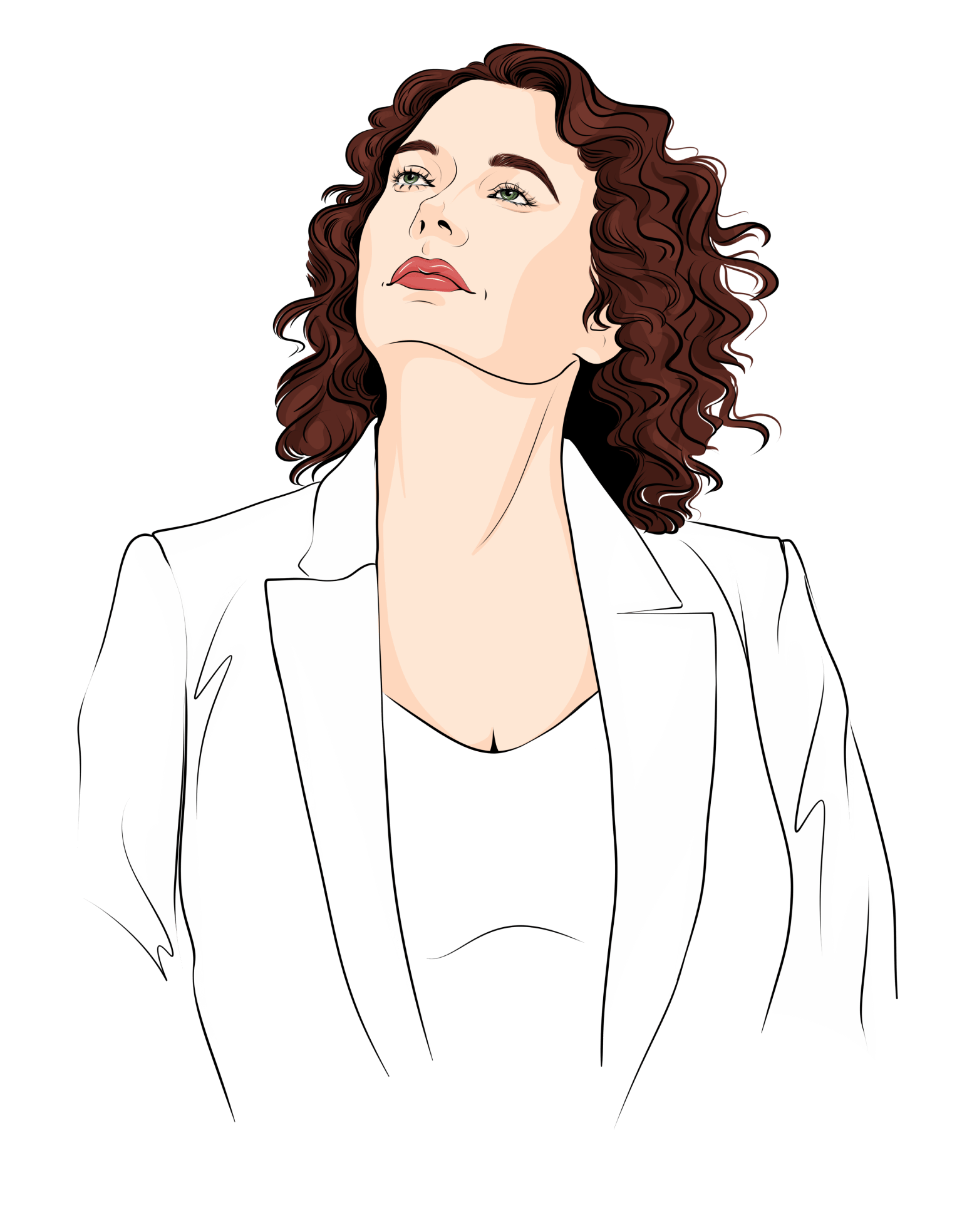
Driven and passionate QA Specialist with over 10 years of experience in testing various systems, including airline booking systems and e-commerce. Ambassador of the Role Model program Women in Tech RU community, which aims to help women in STEM find role models to inspire them to become the best version of themselves and reach new career heights. In addition to organizing the program, I also handle technical support for webinars and video uploads on YouTube. Ex co-founder of pet relocation project «Take My Rabbits», a project that assists with pet relocation worldwide. Under my leadership, the project grew from a small chat with a few thousand members to a full concierge service. Also, I am an avid postcrosser.

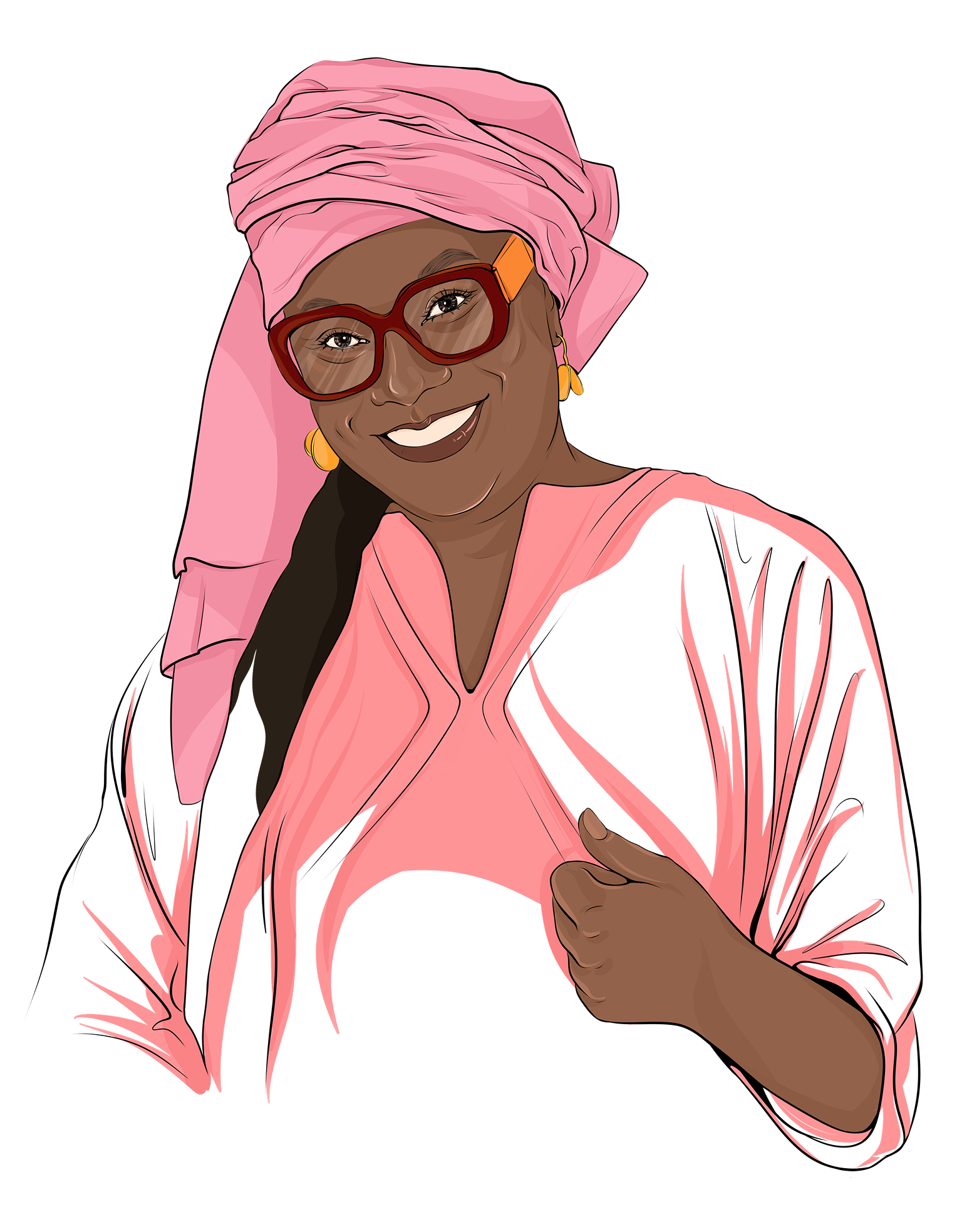
Rokhaya Solange MBENGUE, originally from Saint-Louis in Senegal, is married with four children. With over 20 years’ experience in the telecommunications sector, she began her career with PCCI (offshore call center) and McCann Erickson before joining Sonatel in 2004. She is a graduate of the École des Hautes Études Internationales in Paris and the ISM in Dakar, with a Master 2 in Geopolitics, Political Science and International Relations.
At Sonatel/Orange, Rokhaya Solange MBENGUE is in charge of Corporate Social Responsibility (CSR) and Public Relations. She designs, pilots and implements structuring projects in areas such as education, health, environmental preservation, employability of young people and women, and digital transformation.
In addition to her professional activities, Rokhaya Solange is actively involved in women’s empowerment through various associations. She is President of FESTIC (Association des femmes sénégalaises dans le secteur des TIC), Vice-President of the Shine to Lead association, dedicated to girls’ education, and Ambassador for Senegal of Women In Africa, an initiative supporting African women leaders and high-potential women.
In February 2020, she was awarded the French National Order of Merit by the French Republic.

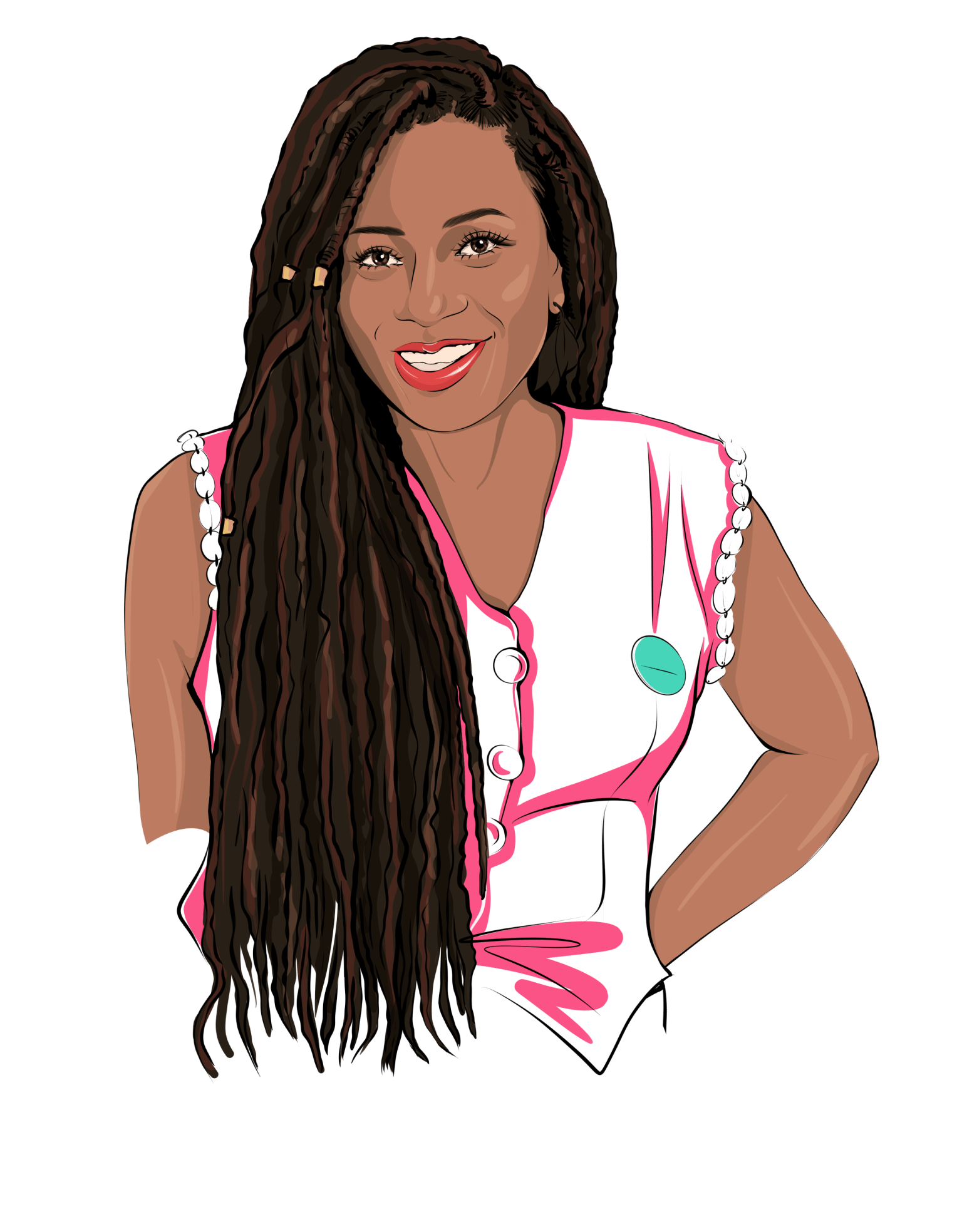
Longa Andréa is convinced that digital technology plays an essential role in economic development and social transformation. She is determined to make this field more inclusive on her own scale. She therefore founded «Abidjanaises In Tech» with a quality team, to connect, inspire and equip women from all walks of life working in Tech in Côte d’Ivoire. Today, «Abidjanaises In Tech» is positioned as an ambitious business club, aiming to build a powerful pool of highly qualified female tech experts. Its commitment is clear: to create value and generate opportunities to strengthen the participation of women in the Tech ecosystem. Longa Andréa is an «Abidjanaise in Tech.»


Assem Bolatzhan is Director of Women in Tech Kazakhstan as well as Head of IT&innovation Committee, overseeing IT and FinTech initiatives and leading the implementation of various technological and digital projects. With over 20 years of experience in the financial sector, she has spent the past two years serving as an independent advisor to Kazakhstan’s Minister of Digital Development
As Director of Women in Tech Kazakhstan, Asem is dedicated to empowering women in technology and advocating for greater diversity and inclusion in the industry. She is also the founder of the Qazaq IT Community Club, a network uniting tech companies, students, startups, venture investors, and corporate leaders. The community organizes meetups and networking events, including outdoor activities like hiking trips for tech enthusiasts.
In 2024, she was recognized as “Woman of the Year in IT” at the Digital Almaty Forum, an award presented by Kazakhstan’s Prime Minister, Alikhan Smailov.
Assem is a full marathon runner. On February 2025 she completed her fifth marathon (third major) in Tokyo.



From Ada Lovelace’s early algorithms to the modern-day efforts to close the gender gap, women have been and continue to be, pivotal in the advancement of technology. However, statistics have shown that women still only make up just over a quarter of the tech industry. There is clearly still a long way to go to reach gender equality in the tech industry, but if the long history of women’s consistent, persisting and pioneering involvement in the industry is anything to go by, the 21st century has the power and potential to go down in history as the decade that truly tackled the gender gap in tech.
Read more inspirational stories of women breaking stereotypes and building their own success stories on Kaspersky Women in Tech portal!
